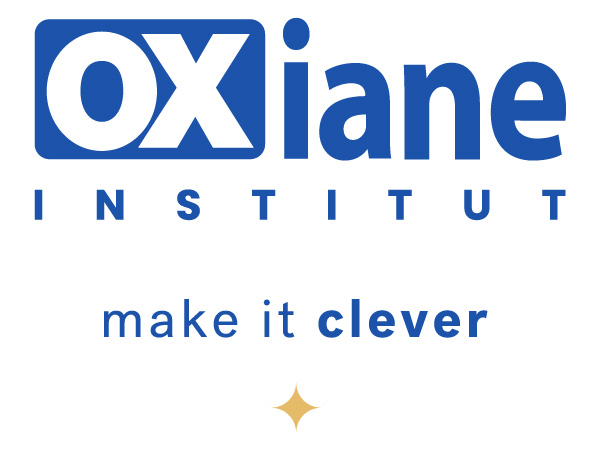-
Filière :
IA & Innovation
-
Sous-filière :
AI Modeling, tools & frameworks
-
Référence
DB-LRB
-
Durée
3 jours (21 h)
-
Prix par personne HT
1 800 € HT
 Description
Description
In this course you will learn how to program in R and how to use R for effective data analysis.
You will learn how to install and configure software necessary for a statistical programming environment and describe generic programming language concepts as they are implemented in a high-level statistical language.
The course covers practical issues in statistical computing which includes programming in R, reading data into R, accessing R packages, writing R functions, debugging, profiling R code, and organizing and commenting R code.
Topics in statistical data analysis will provide working examples.
 Objectifs pédagogiques
Objectifs pédagogiques
- How to program in R & how to use R for effective data analysis
- How to install & configure software necessary for a statistical programming environment
 Public cible
Public cible
- Consultants
- Consultants-informatiques
- Developpeurs
- Ingénieurs
- Professionnels-de-l’IT
 Programme de la formation
Programme de la formation
Introduction
- Histoire et évolution du langage
- Place de R Studio
- Positionnement de R dans la data-science
Découverte de R et R Studio
- Téléchargement et installation
- Les 4 fenêtres de l’interface R Studio
- Les différents outils de R Studio
- Installation des packages
- Réglage des options
- L’aide
Organiser son travail sous R
- Projet R
- Notion de working directory, workspace
- Architecture du projet R
- Scripts
Les bases du langage R
- Les types de données : numériques, facteurs, chaînes de caractères, booléens, dates, etc.
- L’assignation
- Les opérateurs
- Les fonctions mathématiques
Les différentes structures de données
- Les vecteurs: initialisation et manipulation
- Les data.frame : initialisation et manipulation
- Les listes : initialisation et manipulation
- Quelques fonctions utiles
Importation et Exportation de données
- Les différents formats de fichiers : csv, txt
- Utilisation de l’outil d’importation
- Quelques fonctions de vérification
- Exportation
- Importation de scripts
- Exportation du workspace
Description des données
- Fonctions decsriptives pour les variables numériques
- Fonctions descriptives pour les variables catégorielles
- Création de table de contingence
- Création de table de proportions
Visualisation des données
- Les fonctions graphique de base
- Le package esquisse
Les Fonctions
- Déclaration d’une fonction
- Arguments d’une fonction
- Appel d’une fonction
- Les boucles
- Boucle for
- Boucle While
- Structures de contrôle if, ifelse
- Les fonctions apply
Comment trouver de l’aide
- L’aide en ligne
- La fonction apropos
- Le site bookdown
- La communauté R
- Les forums de développeurs
Mises à jour
- Mises à jour des packages
- Mise à jour de RStudio
- Mise à jour de R
Présentation de quelques packages incontournables
- dplyr pour la manipulation des données
- ggplot2 pour la réalisation de graphiques
- rmarkdown pour la génération de rapports dynamiques automatisés
Qualité
Cette formation est accessible aux personnes en situation de handicap, nous contacter en cas de besoin d’informations complémentaires.
Programme mis à jour le

